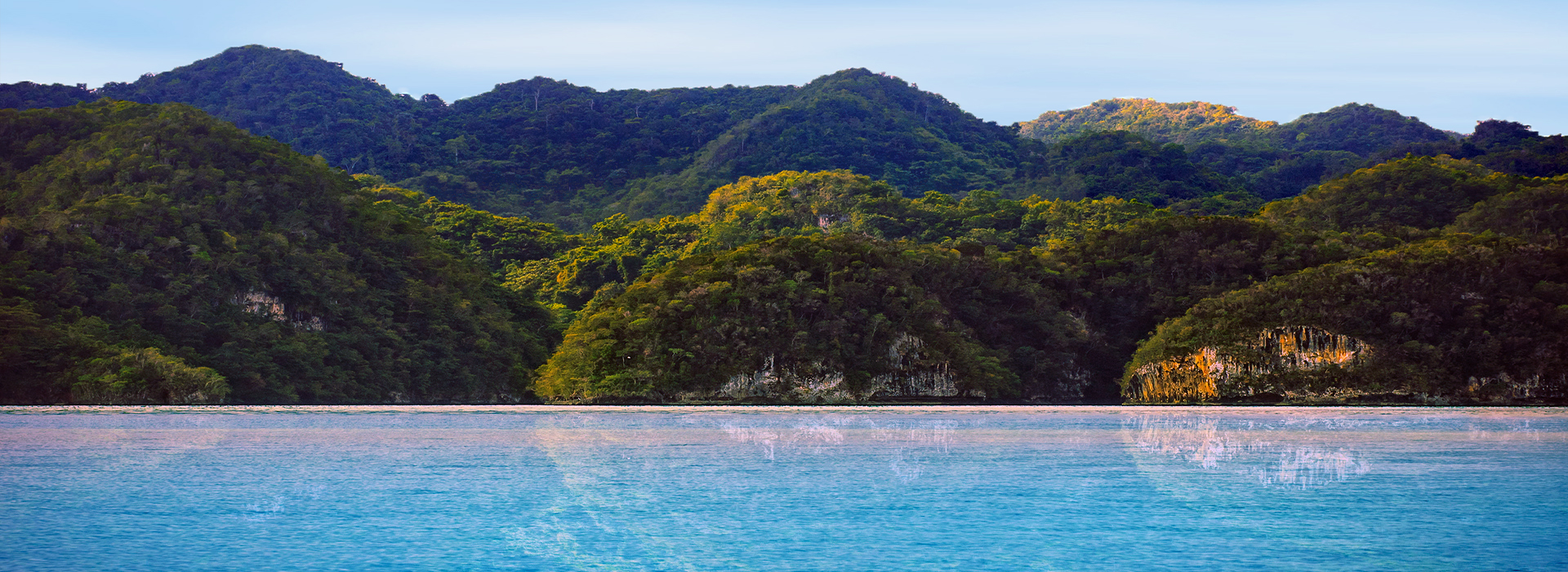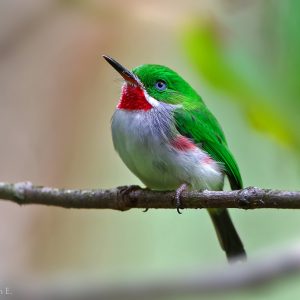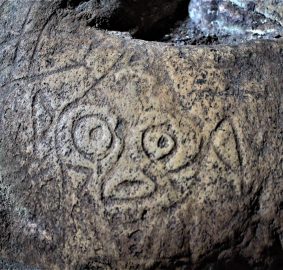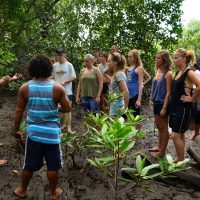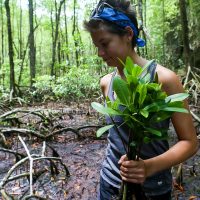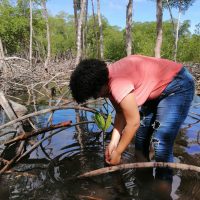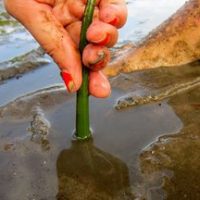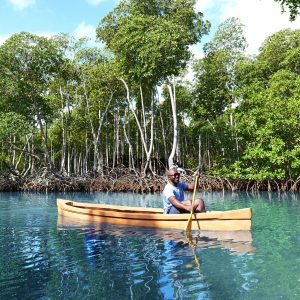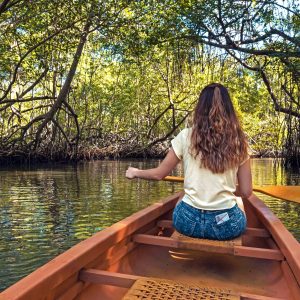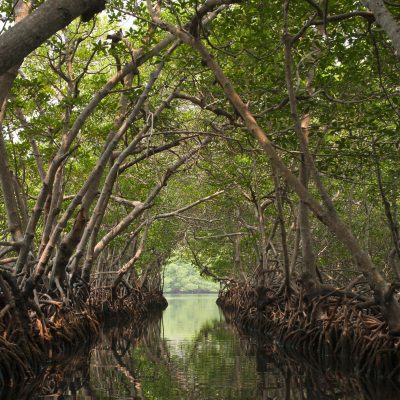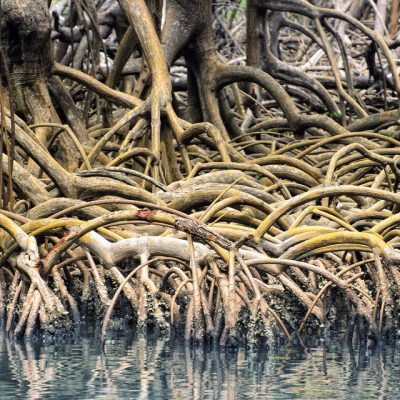There are not many unspoiled places left on the planet. Humanity has changed the world so much that it’s hard to find anywhere that’s still untouched.
Beautiful forest and caves
The Los Haitises National park is one of the largest and most important nature preserves in the Dominican Republic.
Up on the northeast coast of the Dominican Republic, on the Samaná Peninsula, is one of the loveliest landscapes in the Caribbean. The 1,600-square-kilometers (618-sq.- mile) spread that comprises what is today Los Haitises National Park was a sacred place for its pre-Columbian inhabitants, the Taínos, and today it is one of the Caribbean’s most biologically diverse regions. Explore it by water, on the ground or beneath it.
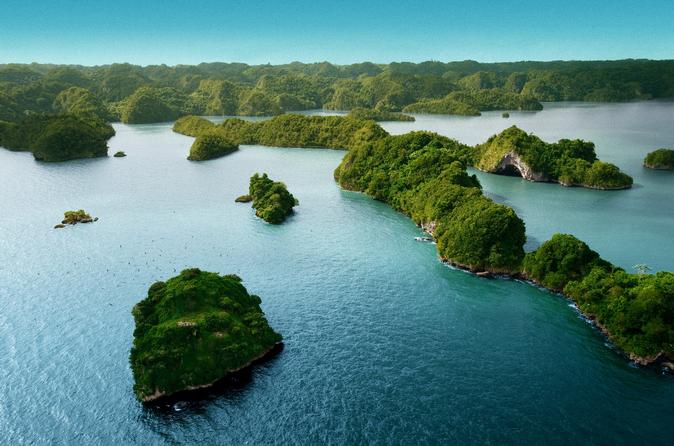
The most diverse flora and fauna in the Dominican Republic.
The park contains the greatest representation of fauna among all of the protected parks in the Dominican Republic. This rich biodiversity includes over 50 different specimens of mangrove trees, but the most popular are the red, white, and black mangroves. In fact, the park contains the largest extension of mangrove trees in the Caribbean.

This is also home to some incredible wildlife, It is easy to locate the endangered Ridgway Hawk, the Piculet Hispaniolan, the Hispaniolan Woodpecker, the Spanish Emerald, pelicans, frigate birds, herons and many other majestic birds in flight. All 20 bird species endemic to the Dominican Republic live here, including species that are not found anywhere else in the country.
LOS HAITISES NATIONAL PARK FACTS
1. The hills are limestone karsts that were formed by tectonic changes in the Earth’s plate a couple of million years ago.
2. Los Haitises became a Dominican national park in 1976.
3. Haitises means “mountains” in the Arawak language (spoken by the pre-Spanish Taino Native American population).
4. The Los Haitises rainforest was used as a film location for Jurassic Park.
The largest water reserves and Cave system
This corner of the Dominican Republic is the rainiest part of the country. Its porous soil means rainwater accumulates underground, forming a large system of fresh- and salt-water caves, along with the DR’s largest water reserves. And not surprisingly, these caves are one of the park’s biggest attractions today.

You can visit them and swim in their pristine waters in a most unusual environment. It was down here that the Taínos performed their rituals and sheltered from frequent hurricanes. On some walls, you can still see intriguing Taíno petroglyphs (above) that are thousands of years old.
The Importance of Mangroves
Mangroves are important to people because they help stabilize Dominican Republic´s coastline ecosystem and prevent erosion. Mangroves also provide natural infrastructure and protection to nearby populated areas by preventing erosion and absorbing storm surge impacts during extreme weather events such as hurricanes which are coming every year.
Mangroves are important to the ecosystem too. Their dense roots help bind and build soils. Their above-ground roots slow down water flows and encourage sediment deposits that reduce coastal erosion. The complex mangrove root systems filter nitrates, phosphates and other pollutants from the water, improving the water quality flowing from rivers and streams into the estuarine and ocean environment.
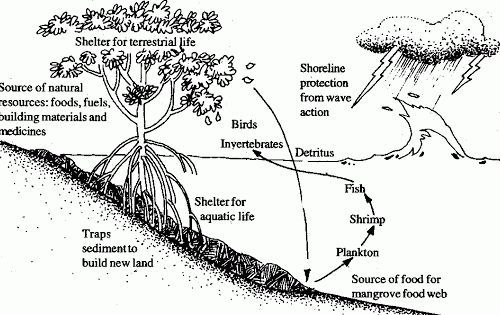
Mangrove forests also provides habitat and refuge to a wide array of wildlife such as birds, fish, invertebrates, mammals and plants. Estuarine habitats with coastal mangrove shorelines and tree roots are often important spawning and nursery territory for juvenile marine species including shrimp, crabs, and many sport and commercial fish species such as redfish, snook and tarpons. Branches of the mangroves act as bird rookeries and nesting areas for coastal wading birds including egrets, herons, cormorants and roseate spoonbills. In some areas, red mangrove roots are ideal for oysters, which can attach to the portion of the roots that hang into the water. Endangered species such as the smalltooth sawfish, manatee, hawksbill sea turtle, Key Deer and the Florida panther rely on this habitat during some stage of their life cycle.
Mangrove forests provide nature experiences for people such as birding, fishing, snorkeling, kayaking, paddle boarding, and the therapeutic calm and relaxation that comes from enjoying peaceful time in nature. They also provide economic benefits to communities as a nursery for commercial fish stocks.
Mangroves Reforestation Project
In 1998, the hurricane George destroyed many areas of mangroves and can not restore by themselves. There are several open spots in the Los Haitises national park and these spots needs to be reforested again. Mangroves are very important to the ecosystem. They help stabilize coastline ecosystem and prevent erosion and absorbing storm surge impacts during extreme weather events such as hurricanes which are coming every year. Mangrove forests also provides habitat and refuge to a wide array of wildlife such as birds, fish, invertebrates, mammals and plants. Join us to help to the nature.
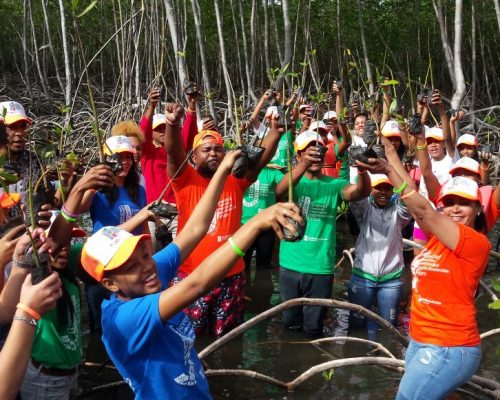
Adventure & Nature
Things to do in the park
Experience the uniqueness and authentic beauty of mother nature in our nature adventure tours.
Taíno’s Canoe Adventure
Curious about the daily life of the Taínos? With the Taíno Canoes activity, you’ll be transported back in time to experience the world of the indigenous peoples of the Dominican Republic.

On this new adventure you’ll set out in the hand-crafted canoes, just as the Taínos did. You’ll hear many of the sounds that marked their connection with nature: the call of cranes, the dip of crabs into the water, and the gentle lapping of waves against natural rock formations. The arches of the mangrove roots will remind you of cathedrals, and indeed, the Taínos (although they didn’t have churches) were deeply spiritual. Once you’ve set out with our guide, you’ll enjoy the rich variety of birds, reptiles, and fish of the mangroves.
History of Taíno Indians and their Canoes
The Taino people are a fascinating example of the ingenuity and resilience of humanity, for they navigated deep waters in dugout canoes, leaving the relative safety and security of the mainland in South America to traverse lands unknown.
Curious to know more about the Taínos? Click here for a brief history of how the Taínos were able to travel across the Caribbean Sea to arrive in the Dominican Republic.
Mangroves Reforestation
-
SALE

-
SALE

More Adventures

